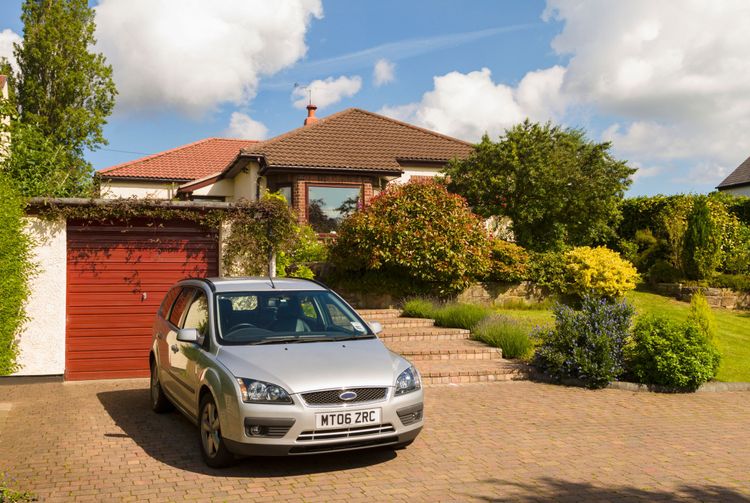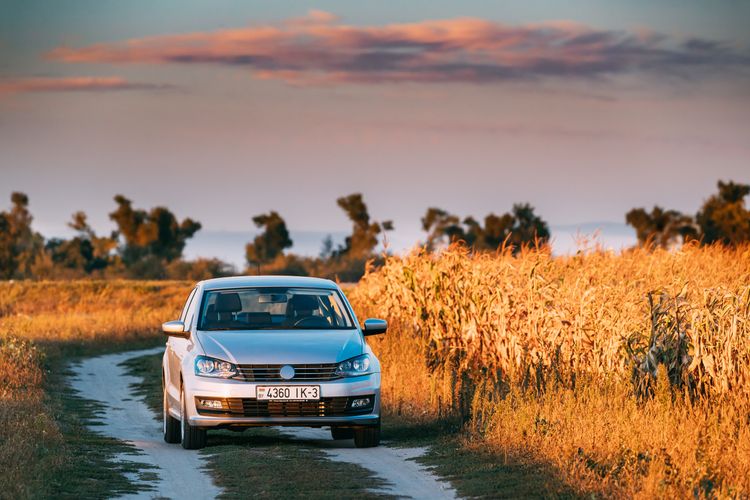Different Types of Motorcycle Engines
Buying a motorcycle requires consideration of a few factors. There are different types of engines for every bike. And there are pros and cons to each of these engine systems. You should choose the right engine based on where and how you like to ride.
Find the right motorcycle engine for your next trip with this definitive guide to different types of motorcycle engines.
Share this article
Secure Your E-Bikes in Seconds Instantly
List of Content
- Different Types of Bike Engines
- Conclusion
Different Types of Bike Engines
Listed below are the types of engines in motorcycles.
- Single Cylinder Engines
- Two Cylinder Engines
- Triple-cylinder Engines
- Four-cylinder Engines
- Straight Six Engine
1. Single Cylinder Engines
The best engines for small bikes with a small cubic capacity are single cylinders. If something goes wrong, maintaining and fixing them is not expensive. Thus, you will find them on all commuter bikes, such as the Splendor, Platina, and Yamaha R15.
The term "Pushrod Engine" may be familiar to you. An engine with a single cylinder is what it is. In the past, Royal Enfield used to have it. The camshaft in a Pushrod engine sits between the cylinder heads. Through a chain or gear system, the crankshaft is connected to the camshaft so that when the crankshaft turns, the camshaft also turns. Lifters push pushrods that open and close valves when the camshaft spins. While the torque is higher at lower rpms, the engine fails to reach higher RPMs.
- Pros: These types of bike engines are small, lightweight, inexpensive, and have high torque at low speeds.
- Cons: These engines are difficult to balance and have high vibrations.
2. Two-Cylinder Engines
Two-cylinder engines, as their name implies, have two cylinders. More cylinders mean more weight, more cost, and more power. Let us examine different motorcycle engine types under two-cylinder.
Parallel Twin Engine
The parallel-twin Engine has two cylinders arranged on a common crankshaft. Generally, you can find these types of engines in models with a medium or high displacement. Among the engines, you can find examples: Kawasaki Ninja 300,650 and RE Interceptor 650.
- Pros: These parallel twin engines have comfort, high performance, fluid operation, and good balance.
- Cons: These types of motorcycle engines produce higher vibrations than other engines.
V-Twin Engine
A V-twin engine is a two-cylinder piston engine with a V-shaped crankshaft and two cylinders. As the name implies, the arrangement of two cylinders is in a "V" shape. In addition to being widely associated with motorcycles (installed either longitudinally or transversely), you can see the usage of V-twin engines in several small cars and industrial engines. Bikes like Harley Davidson usually have these engines.
- Pros: These types of motorbike engines have good power or size ratio and are lightweight.
- Cons: V-Twin produces higher vibrations than parallel twin engines and is challenging to balance (narrow V angle).
L Twin Engine
Twin-cylinder engines with an angle of 90% between their cylinders are known as L twin engines. Power and weight are similar to those of V twin engines. By using L twin engines in most of their models, Ducati made them famous.
Pros & Cons: These engine types have similar pros and cons, like V twin engines.
Boxer Engine
"Flat twin engines" are also known as boxer engines. It is common for flat engines to have a "boxer" configuration, in which opposing pistons move inward and outward simultaneously. The movement is akin to the punching movement by boxers.
Because boxer engines are the only standard configurations that do not have unbalanced forces, they have low vibrations. The reciprocating parts of boxer engines do not require a balance shaft or counterweights on the crankshaft to balance their weight. Many BMW models, such as the 1250GS, use these legendary engines.
- Pros: These engines have good balance and excellent air cooling.
- Cons: You cannot wholly lean the bike due to the protruding cylinder.
3. Triple-cylinder Engines
Straight-three engines have three cylinders in a line along the crankshaft. They are also known as inline-three engines or inline-three engines.
They are medium-sized engines between V-twins and in-line fours. Compared to V-twin engines, triple-cylinder engines run smoother and are narrower & lighter. Furthermore, they deliver torque and power like twin-cylinder engines. Unlike Triumph bikes such as Street Triple and Yamaha MT-09s, few motorcycles have these engines.
- Pros: These engines have excellent fluid operation, comfort, and high performance.
- Cons: These engine vibrations are more significant than inline 4.
4. Four-cylinder Engines
This range is quite popular among Indian bike owners. Four-cylinder engines usually produce a loud sound from the exhaust you probably may remember from your childhood. Engines with four cylinders come in a variety of types. Here are some of them:
In-line Four Engine
A straight or in-line four-engine consists of one row of cylinders with no offset. As well as being smaller, in-line four engines can be mounted in any direction and have smaller physical dimensions than designs. A straight configuration is more straightforward than a V-shaped one. As a child, this was the exhaust sound you could identify on a superbike.
- Pros: These engine types have a good balance, high power, and low vibrations.
- Cons: These engines have large overall dimensions and are heavier than twin or triple engines.
V-Four Engine
The V4 Engine has four cylinders arranged in a V configuration and shares a common crankshaft. These engines are much less common than in-line fours. A 90-degree V-angle and optimal firing interval reduce vibration when used with a V4 with a shorter length.
- Pros: These engines offer high performance, overall dimension, low vibrations, and good balance.
- Cons: The design and construction of the engine is complex.
5. Straight Six Engine
The engines are like flat twins (boxers) but have more cylinders. Outside of large touring models, these engines are relatively rare. In the modern era, Honda's Gold Wing uses a flat-six engine with three cylinders horizontally on either side.
- Pros: These engines have smooth operation and lots of torque.
- Cons: They are heavier and more expensive.
No matter what engine type you choose for your bike, it is recommended that you buy insurance for your 2-wheeler. Tata AIG’s two-wheeler insurance policy can assist you during unexpected emergencies and accidents. Tata AIG also offers a unique add-on to help you protect against losses and damages to your engine so that your bike can always run smoothly.
To know more about your premiums and find a suitable bike insurance policy, compare two-wheeler insurance online with Tata AIG.
Conclusion
Each engine delivers the required power for a smooth and comfortable ride. Choose the one that best suits your needs from the variety available on the market. To understand how engines are classified, one must have a basic understanding of their classifications. Among the types of engines available on the Indian market, the list above provides a basic overview.
Secure Your E-Bikes in Seconds Instantly
People also search for
Key Insurance term
Share this article
Latest from our blogs

Zero Depreciation Car Insurance Cover
zero depreciation / depreciation reimbursement cover reimbur...
Read More
What is Insured declared value (IDV)?
The term ‘IDV’ refers to the maximum claim your insurer will...
Read More
How is your car insurance premium calculated?
Well it’s about time that changed, don’t you think? Read on ...
Read More